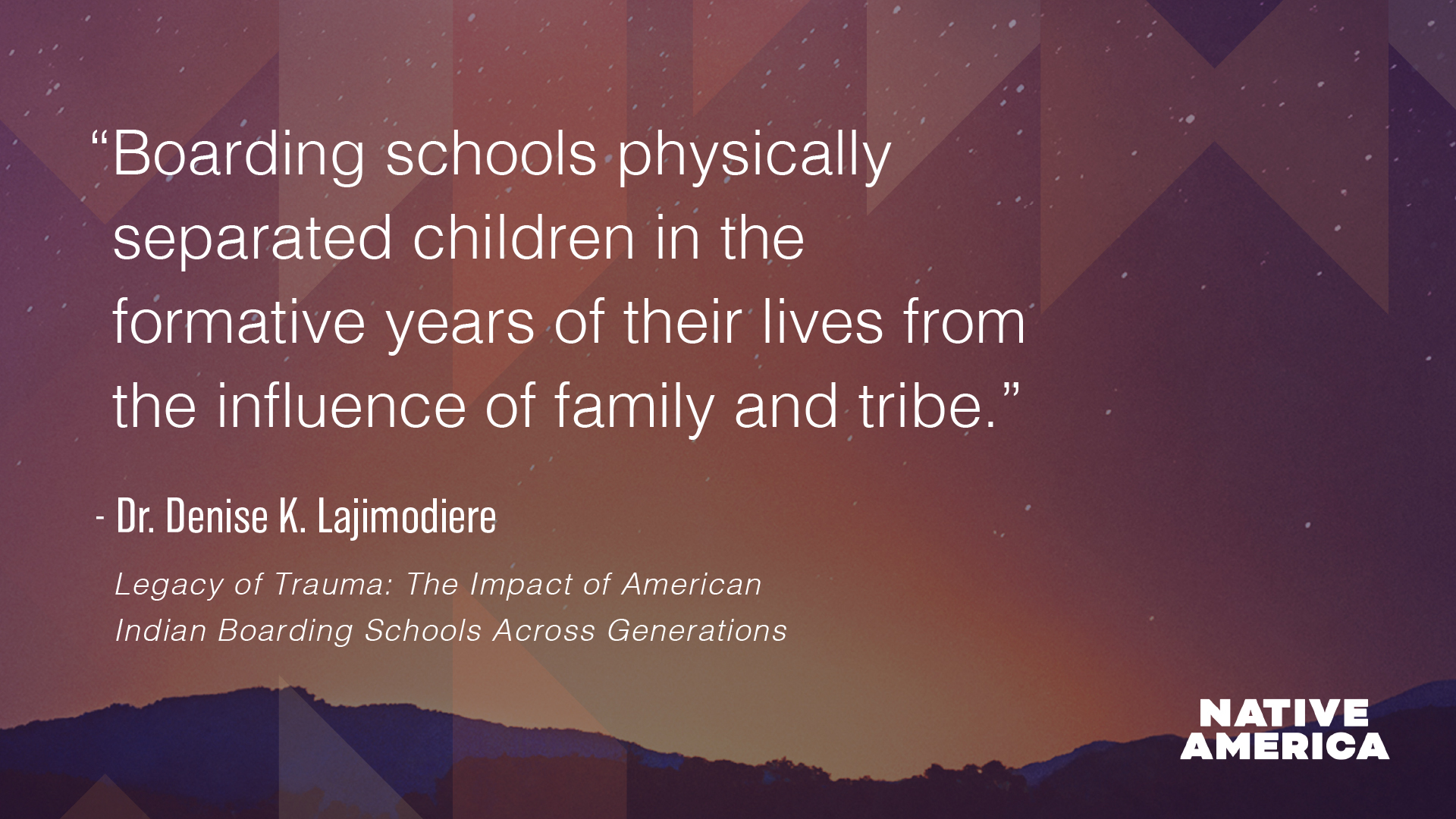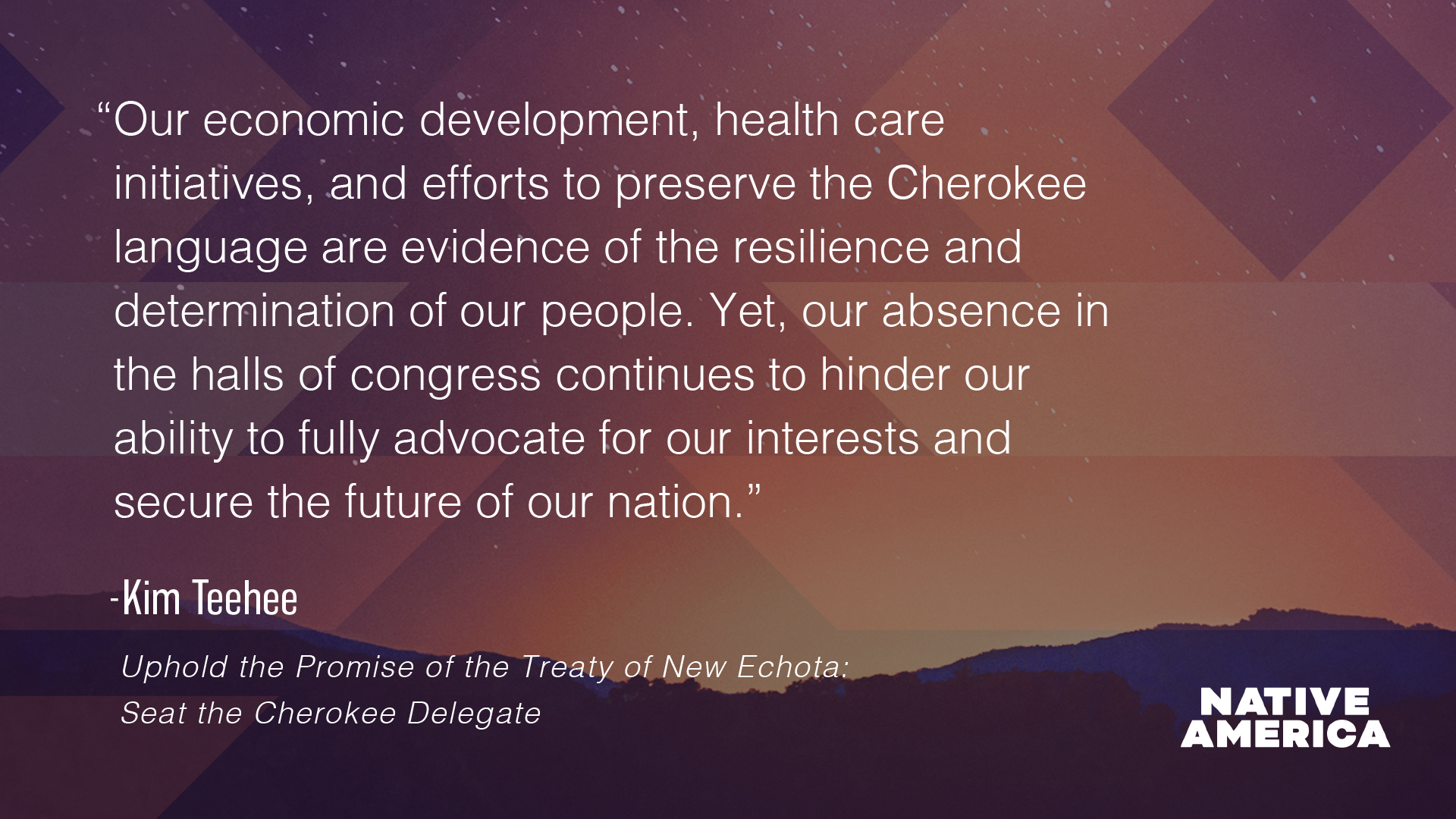Legacy of Trauma: The Impact of American Indian Boarding Schools Across Generations

My interest in American Indian Boarding Schools came about after interviewing my mother, father, grandfathers, elder aunts and uncles about their experiences at Marty and Stephan, SD, Wahpeton, ND and Chemawa, OR. I was stunned listening to them tell story after story of hunger, loneliness, verbal abuse, corporal punishment, and sexual molestations.
None of them spoke English upon entering the schools. My father, age nine when sent to Chemawa in Oregon said, “I just couldn’t learn that language.” His report cards show no English grade for his first six months there. My mom said she was locked in closets by nuns at Stephan for refusing to speak English. “I didn’t care, I liked it in there,” she said laughing.
She was also forced to kneel on broom sticks. Discipline at the schools was severe and often swift. Beatings with belts, razor straps, rulers and fists by headmasters, matrons, nuns and priests were common. Speaking their tribal language was forbidden. My father talked about lye soap put in mouth which cause painful blisters, and pins put through tongues. Half days were spent in the classroom, the other half working as “apprentices” in carpentry, shoe making, tin smithing. Females learned sewing, knitting, darning, and housekeeping skills. Students were also “detailed” to work in kitchen, barn, fields, laundry, often dangerous work that led to injury and deaths.
Returning home to the reservation both my parents never spoke a word of their tribal language again. My mom spoke Michif which is a mix of Cree and French. My father was raised by an old Cree couple after his mother died in the 1918 flu epidemic and spoke Cree. My grandmother, my mom’s mom, helped raise us. She only attended school to the third grade. She didn’t like to speak English, so she spoke Michif to my mom and mom responded in English. I grew up hearing the beauty of one of our tribal languages. As I grew older I would ask Kookum, my grandmother how to say certain words. Kookum spoke Michif, Cree and Ojibwe, all our tribal languages one needed to know to be able to communicate with members of my tribe, the Turtle Mountain Band of Chippewa (Ojibwe) Indians.
One day mom shook her head sadly and said, “I’m so sorry I couldn’t teach you our language.” I hugged her and told her it wasn’t her fault, that she was protecting me from what she went through for speaking our tribal language. “I didn’t want to have happen to you what happened to me,” she explained.
At a traditional Ojibwe pow wow in Minnesota an eagle staff fell to the ground and a ceremony was held to pick it up. An elder stated in his prayer he would be saying words that were too sacred to be interpreted in English. I felt saddened I had lost out on so much deep meaning within our tribal spirituality by not being able to speak Ojibwe.
In 1995, Senate bill 2491, American Indian Language and Culture Teacher Certification was introduced in the North Dakota State Senate by a tribal member who was the only Native in the Senate at that time. He was from Turtle Mountain. The bill that became law was entitled Licensure of North Dakota American Indian language instructors. The bill intended to enable fluent tribal speakers to be certified as instructors. The law circumvented the expectation of pursuing four years of formal higher education to become a certified instructor to support dwindling tribal languages, especially among middle-aged and elderly populations who would be less likely to engage in formal higher education and lessening the chance to get them in classrooms. A tribal Ojibwe speaker became certified, and I happily began taking Ojibwe language lessons at our tribal college. We now have instructors at our middle and high schools.
On March 3, 1819 the US Congress passed an Act to provide education “for the purpose of providing against further decline and final extinction of the Indian tribes…to instruct them in the mode of agriculture suited to their situation, and for teaching their children in reading, writing and arithmetic. (Civilization Fund Act, 1819. Ch. 85. 1.3 Stat. 516. The $10,000 appropriation was commonly known as the Civilization Fund. The federal government allowed day school and mission school run by churched and missionary societies to be located on the reservation they served.
President Ulysses S. Grand announced his Indian Peace Policy in his first inaugural address on March 4, 1869. His policy allowed religious denomination to undertake the work of civilizing the Indian. In March 1891, Congress authorized the Commissioner of Indian Affairs, “to make and enforce by proper means such rules and regulations as will secure the attendance of Indian Children of suitable age and health at schools established and maintained for their benefit.” (Statutes at Large of the United States of America, 1891, p. 1014 (found in Adams, Education for Extinction). Two years later, Congress authorized the Indian Office to “Withold rations, clothing and other annuities from Indian parents or guardian who refuse or neglect to send and keep their children in some school a reasonable portion of each year.” (Statutes at Large. 635).
Boarding schools physically separated children in the formative years of their lives from the influence of family and tribe. Many states also disproportionately removed children from homes and put them into non-Native foster homes. In 1978 The Indian Child Welfare Act (ICWA) was passed. It is a federal law that seeks to keep Indian children with Indian families. It was passed in response to compelling evidence of the high number of Indian children that were being removed from their families by public and private agencies and placed in non-Indian families.
In my research I located 406 boarding schools in 31 states. NABS recently expanded on that research and launched an interactive digital map in partnership with the National Centre for Truth and Reconciliation with information and locations of 523 Indian boarding schools in the United States. They included Hawaiian schools. This three-year research project resulted in the largest list of U.S. Indian Boarding Schools ever compiled.
Between 1869 and the 1960s, hundreds of thousands of Native American children were removed from their homes and families and placed in boarding schools operated by the federal government and the churches. Though we don’t know how many children were taken in total, by 1900 there were 20,000 children in Indian boarding schools, and by 1925 that number had more than tripled.
The boarding school era represented a deliberate policy of ethnocide and cultural genocide and human rights abuses. They rank somewhere between dungeons and death camps. They were overcrowded, understaffed, underfunded, operating with limited resources, places where diseases ran rampant.
The lasting legacy of boarding schools is Intergenerational Trauma and Historical Trauma which is collective emotional and psychological injury over a lifespan and across generations, resulting from the cataclysmic history of genocide. It is the legacy of numerous traumatic events a community experiences over generations. Over successive generations Native people have experienced traumatic assaults that have had enduring consequences for our families and communities. It is a legacy of Historical Unresolved Grief resulting from the historical trauma of genocide, grief that has not been expressed, acknowledged, and resolved. It is Disenfranchised Grief, grief that can’t be publicly mourned. An elder asked me, “Where and when do we tell our family that we have been sexually molested? At Thanksgiving dinner?” He implies that there was and still isn’t a good time and place to tell their stories. Many survivors I interviewed experience what is called Boarding School Syndrome, PTSD including recurring intrusive memories, nightmares flashbacks, detachment disorder, deficient knowledge of traditional culture and cultural skills. Trouble sleeping, poor anger management, deficient parenting skills, tendency to abuse alcohol or drugs.
I always end my presentations by speaking about what healing from boarding school trauma looks like. The survivors I interviewed said a return of their tribal language and spirituality, “Language is medicine,” I was told, “Culture is treatment.” Healing is complex and will be up to individuals, communities, and tribes. Of great hope is Sen. Elizabeth Warren’s reintroduction of S. 1723, a bill to establish a Truth and Healing Commission on Indian Boarding School Policies in the United States. I call the US American Indian boarding school era America’s best kept secret.
Let the truth telling begin.
Additional Resources and Reading About American Indian Boarding Schools:
- Stringing Rosaries, Denise Lajimodiere
- Firefly, a Boarding School Story, E.A.Peacock
- Home to Medicine Mountain, C. Santiago
- When I Was Eight, C Jordan-Fenton (Canadian)
- The Middle Five, Francis La Flesche
- Educations for Extinction, David W. Adams
- Away From Home, M. Archuleta, B. Child, T. Lomawaima, Eds.
- Boarding School Season, B. Child
- The Rapid City Indian School, S. Riney
- American Indian Children at School, 1850 – 1930, M. Coleman
- Boarding School Blues, C. Trafzer, J. Keller, L. Sisquoc
- The Thomas Indian School, K. Burich
- They Called it Prairie Light, K. T. Lomawaima
- Pipestone, A. Fortune Eagle
- Sky Woman Lives in Me, R. Capasso
- Full Court Quest, Girls from Ft. Shaw Indian School, L. Peavy, U. Smith
- The Phoenix Indian School, R. Trennert, Jr.
- To Show What an Indian Can Do, J. Bloom
- Carlisle VS. Army, L. Anderson
- Essie’s Story, E. B. Horne, S. McBeth
- Battlefield & Classroom, Autobiography by Richard Henry Pratt
- Residential Schools, L. Loyie (Canadian)
- Indian School on Magnolia Avenue: Sherman Institute, C.E. Trafizer, M. S. Gilbert, L. Sisquoc
- Indian Orphanages, M. I. Holt
- Stolen From Our Embrace, S. Fournier, E. Grey
- Resistance and Renewal: Surviving the Indian Residential School, C. Haig-Brown (Canada)
- Broken Circle: The Dark Legacy of Indian Residential Schools, a Memoir, T. Fontaine (Canada}
- Speaking Our Truth: A Journey of Reconciliation, M. G. Smith (Canada)
- A Stranger at Home, C. Jordan-Fenton
- No Time to Say Goodbye, S. Olson


